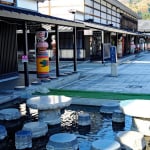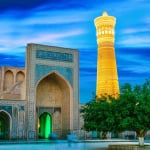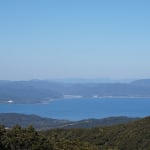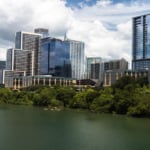Name: Boyana Church
Address: 1–3 Boyansko Ezero St., 1616 Sofia, Bulgaria
Website: http://www.boyanachurch.org/indexen.htm
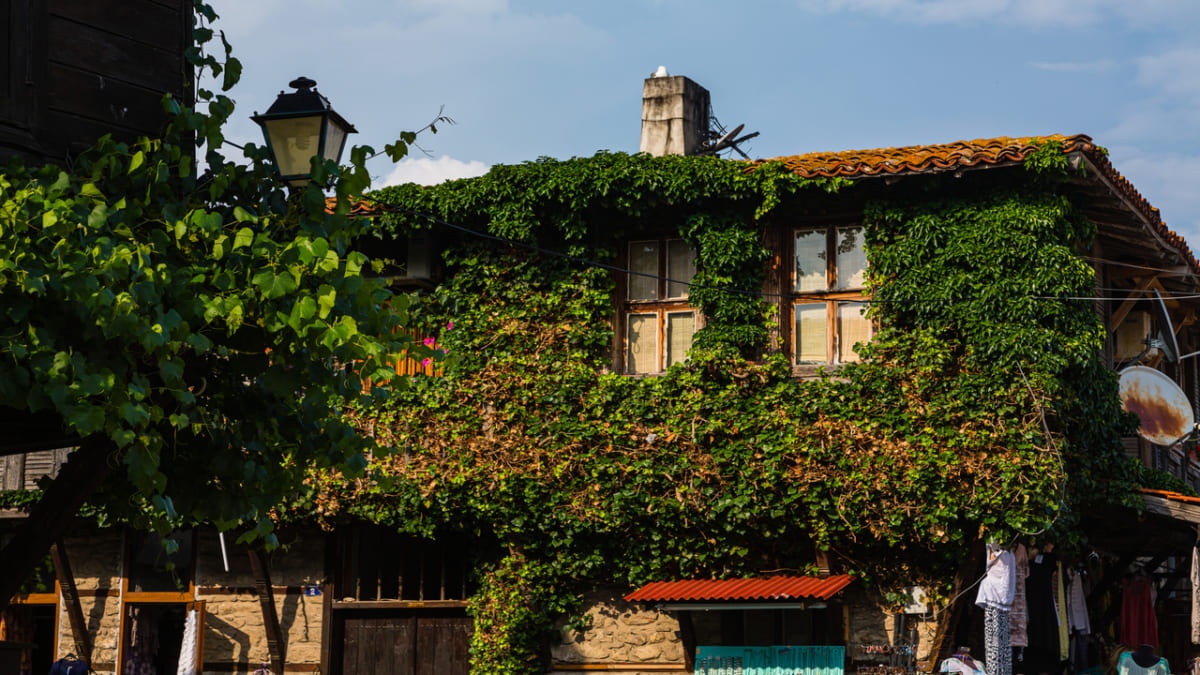
Roses, Yogurt, and Wine Await! Nine UNESCO World Heritage Sites in Bulgaria
Bulgaria is often associated with roses. The region between the Balkan Mountains and the Sredna Gora Mountains—known as the “Valley of Roses”—is one of the world’s foremost rose-growing areas, supplying petals for perfumes and oils. In ancient Europe, roses symbolized splendor—the first Roman emperor Augustus even held a “Rosalia” rose festival. Bulgaria also preserves many medieval towns that feel time-warped. Here are nine UNESCO World Heritage Sites that showcase Bulgaria’s rich history and natural beauty.
table of contents
[x] close
Roses, Yogurt, and Wine Await! Nine UNESCO World Heritage Sites in Bulgaria
1. Boyana Church
Located on the outskirts of Sofia, the Boyana Church is a Bulgarian Orthodox chapel whose earliest cruciform structure dates from the late 10th to early 11th century. In the mid-13th century, a two-story central nave was added, and in the mid-19th century local donations created its current form.
Boyana Church’s priceless asset is its remarkably well-preserved frescoes. The UNESCO-listed murals, painted in the 1250s, survive in large part, though some have been overpainted or lost. Fragments of even earlier 11th-century work remain visible. Inside you can also see a depiction of the Last Supper and portraits of Bulgaria’s earliest historical figures.
2. Rock-Cut Relief of the Madara Rider
The Madara Rider, carved into a 100-m-high cliff northeast of Shumen, is a 2.5 × 3 m rock relief situated about 23 m above ground. Its construction method remains a mystery—there are no scaffolds or obvious carving platforms.
The relief shows a knight thrusting a spear into a recumbent lion, with an eagle flying overhead and a dog at his heels. A contemporary inscription records events from 705–801 AD, so this masterpiece dates to the early 8th century, symbolizing Bulgaria’s victories and heralding the First Bulgarian Empire.
Name: Madara Rider
Location: Near Shumen, Bulgaria
Website: http://whc.unesco.org/en/list/43/
3. Thracian Tomb of Kazanlak
The Thracian Tomb of Kazanlak in central Bulgaria dates to the 4th century BC and contains a famous fresco of a couple clasping hands in a poignant farewell. The original is too fragile for public display; an expertly crafted replica stands in the tomb’s place for visitors.
Name: Thracian Tomb of Kazanlak
Location: Kazanluk, Bulgaria
Website: http://whc.unesco.org/en/list/44
4. Rock-Hewn Churches of Ivanovo
Along the Rusenski Lom River in northern Bulgaria lie the Rock-Hewn Churches of Ivanovo, carved into cliff faces between the 12th and 14th centuries. Patrons included emperors of the Second Bulgarian Empire and local nobles. The churches are renowned for their vivid medieval frescoes, some of the finest surviving examples of Eastern Orthodox art in Europe.
Name: Rock-Hewn Churches of Ivanovo
Location: Ivanovo, Bulgaria
Website: http://whc.unesco.org/en/list/45/
5. Historic City of Nessebar
Nessebar, perched on a rocky peninsula of the Black Sea, dates back over 3,200 years. Known as the “Pearl of the Black Sea,” its compact old town contains more churches per square meter than anywhere else, many converted into museums, along with a full-fledged History Museum.
Traces of Greek, Roman, Byzantine, Bulgarian, and Ottoman rule all survive in this richly layered heritage town.
Name: Historic City of Nessebar
Location: Burgas Province, Bulgaria
Website: http://whc.unesco.org/en/list/217/
6. Rila Monastery
The Rila Monastery is Bulgaria’s largest and most famous Eastern Orthodox monastery. Since the 14th century, it has served as the religious and cultural heart of Bulgaria. Here you can find a treasure trove of masterpieces from across the country—including the exquisite frescoes by brothers Zahari Zograph and Dimitar Zograph, completed in 1846.
Except for the monks’ living quarters, which were finished in the 20th century, all of the monastery’s buildings date from the 19th century or earlier. Most notable is the Hrelyo Tower, built in the 14th century and the only structure to survive the great fire of 1833. Its original 14th-century frescoes remain remarkably vibrant and intact.
Name: Rila Monastery
Location: Rila, Kyustendil Province, Bulgaria
Website: http://whc.unesco.org/en/list/216/
7. Thracian Tomb of Sveshtari
The Thracian Tomb of Sveshtari is located in northeastern Bulgaria. Even the design of its entrance bears a clear resemblance to the Thracian Tomb of Kazanlak. This tomb, found in the village of Sveshtari, dates back to the 3rd century BC.
Discovered in 1982, the tomb preserves the fundamental principles of Thracian religious architecture. Its most striking features are the multicolored columns carved with half-human, half-vegetal figures and the vivid wall paintings—testaments to the Getae people’s culture, a Thracian tribe strongly influenced by ancient Greek art.
Name: Thracian Tomb of Sveshtari
Location: Razgrad Province, Bulgaria
Website: http://www.museumisperih.com/
8. Srebarna Nature Reserve
The Srebarna Nature Reserve is a strictly protected area in Silistra Province, northern Bulgaria. It lies along a major migratory route between Europe and Africa. Srebarna Lake, the reserve’s core habitat, was originally about 8 meters deep. However, after an embankment was built between the lake and the nearby Danube River, its depth has fallen to just 1–3 meters.
Along the lakeshore, you’ll find 67 species of aquatic plants, including reeds. The reserve’s wildlife is exceptionally rich: 39 species of mammals, 21 species of reptiles and amphibians, and 10 species of fish have been recorded. Birdlife is even more spectacular, with 179 species—many of them migratory—making Srebarna one of the most important sites for observing Bulgaria’s wild species.
Name: Srebarna Nature Reserve
Location: Village of Srebarna, Silistra Province, Bulgaria
Website: http://whc.unesco.org/en/list/219/
9. Pirin National Park
Set in the Pirin Mountains of southwestern Bulgaria, Pirin National Park adjoins Greece and North Macedonia. The park’s three sectors cradle over 70 glacial lakes, waterfalls, caves, and ancient forests—some fir trees exceed 1,300 years old.
Its fauna includes brown bears, chamois, and half of Bulgaria’s bird species, as well as endangered invertebrates, making it one of Europe’s most biodiverse mountain regions.
Name: Pirin National Park
Location: Bansko, Blagoevgrad Province, Bulgaria
Website: http://whc.unesco.org/en/list/225/
◎ Summary
Bulgaria sits at the crossroads of ancient Greek, Roman, Byzantine, and Ottoman empires, all leaving their mark on its culture and architecture. From rose-scented valleys and medieval cathedrals to cliff churches and pristine mountain parks, Bulgaria’s nine World Heritage sites span history and nature. Whether you seek cultural depth or outdoor adventure, this enchanting European gem awaits your exploration.
RELATED ARTICLES
REGIONS
CATEGORIES
FEATURED ON Guide
-
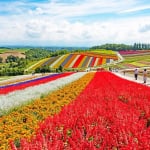
Where will you go for the summer vacation? Introducing recommended spots for domestic travel
-
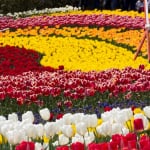
Kaizu City’s Recommended 7 Tourist Spots. Enjoy the Culture and History Nurtured by Wajū!
-
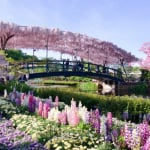
What Makes Ashikaga Flower Park So Special? A Treasure Trove of Photo-Worthy Spots!
-

600 Years of Radiant Tradition: Korea’s Historic Villages of Hahoe and Yangdong
-

Two-Colored Seas and a Pink Beach! 4 Must-Visit Spots in North Eleuthera
MOST POPULAR ON Guide
-
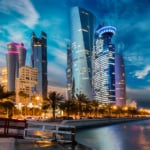 1
1Doha: Must-see Attractions in the Capital of Qatar
-
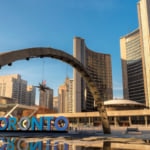 2
2Toronto: 10 Things to do in this Picturesque Canadian City
-
 3
3Amarillo: A City Famous for It’s Amazing Canyons, Great History and Music
-
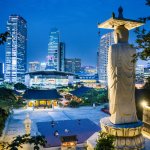 4
4South Korea: Dazzling Scenery, Rich Culture and Fascinating History
-
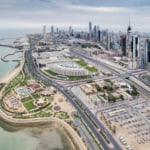 5
5Kuwait: A Country in Middle East Asia Famous for Hot Sand Dunes and Stunning Cityscape

